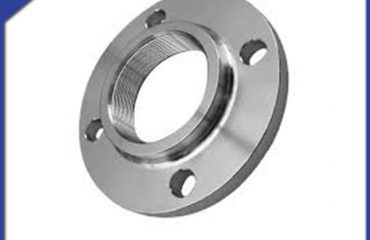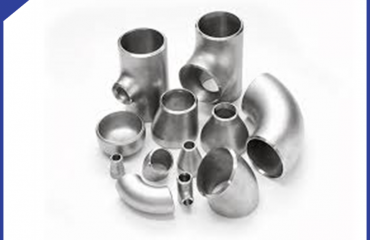
The corrosion resistance of stainless steel decreases with the increase of carbon content, so most of the stainless steel has a lower carbon content, a maximum of less than 1.2%, and some steel WC (carbon content) even less than 0.03% (such as 00cr12). The main alloying element in stainless steel is CR (CR), only when the CR content reaches a certain value, the steel has corrosion resistance. Therefore, the stainless steel general CR (CR) content is at least 10.5%. Stainless steel also contains Ni, Ti, MN, n, nb, MO, si, cu and other elements.
Stainless steel is often divided into the organization: Martensitic Steel, ferritic Steel, austenitic steel, austenitic-ferrite (duplex) stainless steel and precipitation hardening stainless steel. In addition, the ingredients can be divided into: chromium stainless steel, chromium-nickel stainless steel and chromium-manganese-nitrogen stainless steel.
A common method of marking large stainless steel flanges, the American Iron and Steel Society uses three digits to mark a variety of standard-grade wrought stainless steels. One:
1. Austenitic stainless steel large flange with 200 and 300 series of digital indicators,
2. Ferrite and martensitic stainless steel are represented in the 400 series. For example, some of the more common austenitic stainless steels are marked with 201, 304, 316, and 310,
3. Ferritic stainless steel is marked with 430 and 446, martensite stainless steel is marked with 410, 420 and 440C, and the Duplex (austenitic-ferrite)
4. Stainless steel, precipitated hardened stainless steel, and high alloy with iron content below 50% are usually named after patent or trademark.
 Language
Language Espanol
Espanol English
English Italian
Italian عربى
عربى
 Skype: chinamaker99
Skype: chinamaker99  Tel: 86-316-5120812
Tel: 86-316-5120812 Email:
Email:  Whatsapp:
Whatsapp: 
